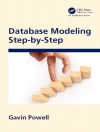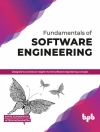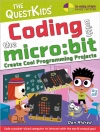This book presents a multi-disciplinary investigation into extortion rackets with a particular focus on the structures of criminal organisations and their collapse, societal processes in which extortion rackets strive and fail and the impacts of bottom-up and top-down ways of fighting extortion racketeering. Through integrating a range of disciplines and methods the book provides an extensive case study of empirically based computational social science. It is based on a wealth of qualitative data regarding multiple extortion rackets, such as the Sicilian Mafia, an international money laundering organisation and a predatory extortion case in Germany. Computational methods are used for data analysis, to help in operationalising data for use in agent-based models and to explore structures and dynamics of extortion racketeering through simulations. In addition to textual data sources, stakeholders and experts are extensively involved, providing narratives for analysis and qualitative validation of models. The book presents a systematic application of computational social science methods to the substantive area of extortion racketeering. The reader will gain a deep understanding of extortion rackets, in particular their entrenchment in society and processes supporting and undermining extortion rackets. Also covered are computational social science methods, in particular computationally assisted text analysis and agent-based modelling, and the integration of empirical, theoretical and computational social science.
Содержание
Introduction.- Part I: Extortion Rackets as a Global Phenomenon.- National Mafia Type Organisations: Local Threat, Global Reach.- Basic Dynamics of Extortion Racketeering.- Part II: Society and the State.- Social Norms and Extortion Rackets.- Legal Norms against the Italian Mafia.- Part III: Extortion Rackets in Society.- Mafia Methods, Extortion Dynamics and Social Responses.- An Agent-Based Model of Extortion Racketeering.- Extortion Rackets: An event-oriented model of interventions.- Survey Data and Computational Qualitative Analysis.- Part IV: The Criminal Organisation.- Text Data and Computational Qualitative Analysis.- A simulation model of intra-organisational conflict regulation in the crime world.- Part V: Synthesis and Conclusion.- Calibration and Validation.- Conclusion.












